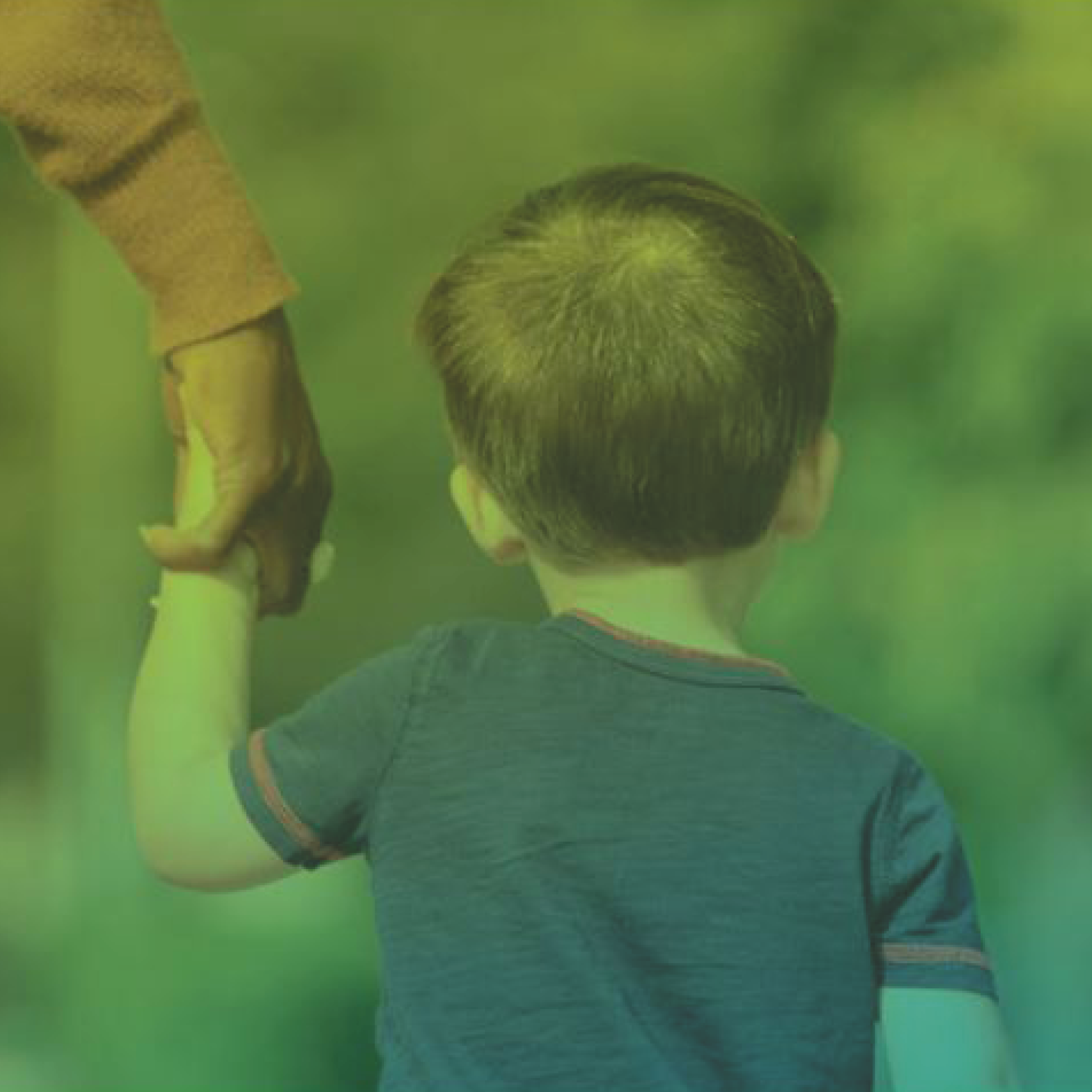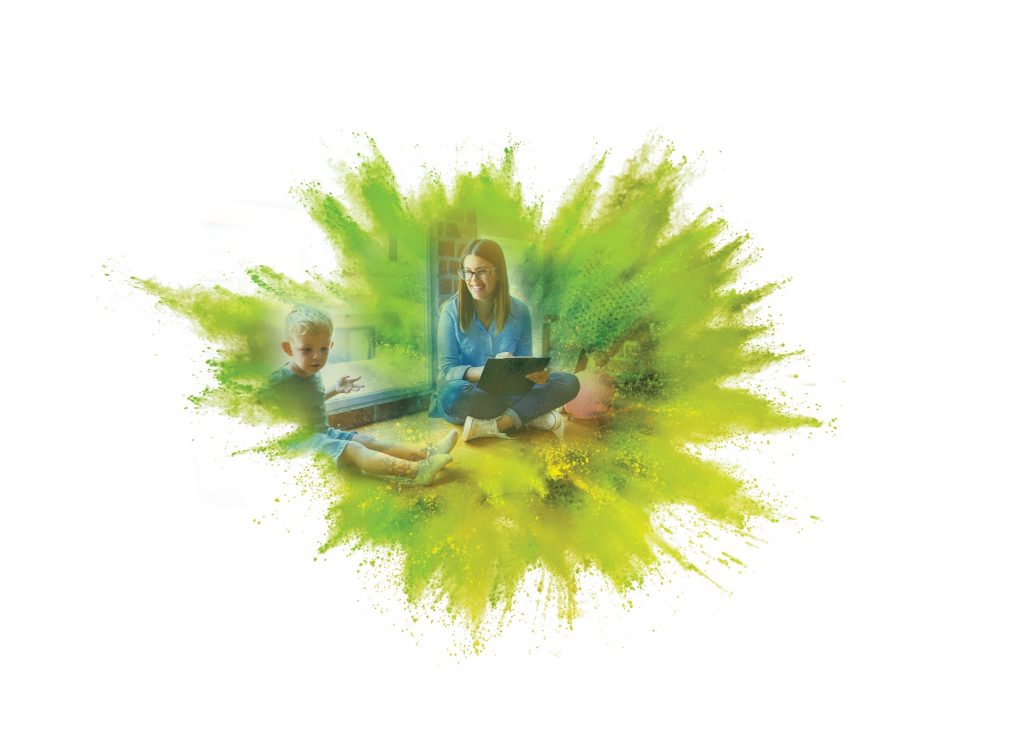Many parents of a child with ASD wonder what the best therapy method for their child is. In-home therapy (in tandem with other recommended programs) is a critical part of the development of any child with ASD.
In-home ABA therapy can be conducted by a licensed therapist or the parents on a daily basis. Let’s take a look at how in-home ABA therapy works and how it can benefit your child’s development.
In-Home ABA Therapy: How it Works
A huge benefit of in-home therapy is the comfort for both parents and children. If you sign up for professional in-home therapy, an ABA therapist will come to your home to work with your child. This minimizes driving time by seamlessly fitting therapy without travel into your everyday routine. In-home ABA therapy is very useful for families who have issues with transportation.
Buying therapy materials for professional in-home ABA therapy is not necessary. The therapist will use in-home materials & toys the child already has access to. ABA therapy tools for reinforcement can be almost anything: toys, snacks, social praise, etc.
ABA therapists assess what each child likes during every session. Reinforcement tools are an essential part of ABA therapy. These tools are used to help reinforce good behavior and teach a variety of different skills like communication, play, and peer interactions.
Certain behaviors may often occur in the home, making it important to change them in a familiar setting. Resisting instruction for daily tasks or problem behaviors with siblings during playtime are things that may not happen in a clinical setting.
BCBAs make assessments to pinpoint why problem behaviors happen and develop intervention strategies to treat problems as they occur. This gives many opportunities to target problematic behaviors and help change them.
During in-home sessions, an ABA therapist observes everyday interactions between the child and family members in real-time. This allows the therapist to provide quick feedback to parents on different approaches to creating parent-conducted treatment outside sessions.
In-home therapy can be used for toddlers, teens, and adults with Autism. Younger children from ages 2-5 who spend most of their time at home may benefit the most from in-home ABA therapy. A BCBA creates a treatment plan that best suits a child’s needs at home, allowing therapy to start in a familiar environment.
ABA Therapy & Family Support
Another advantage of in-home therapy is that parents and siblings can get involved in a child’s development. All family members are recommended to be active participants during in-home ABA therapy. This includes visiting relatives, grandparents, caregivers, and other regular visitors.
ABA therapists can provide support to families who want to learn more about their child’s therapy program, treatment, and development. Family engagement has been actively demonstrated to increase progress when everyone implements ABA therapy strategies outside professional sessions.
ABA therapists can guide families on how to use ABA therapy to increase appropriate behaviors while reducing problematic ones. At-home ABA therapy also helps develop sibling relationships by working on age-appropriate skills. Social activities with siblings like playing, sharing, and interacting can be strengthened by ABA therapy. Peer interactions are also encouraged among friends and close relatives.
ABA Therapy & Independent Living at Home
Independent living skills are best taught and reinforced at home. Personal hygiene skill reinforcement at home provides a natural environment for children to develop skills. Important tasks like brushing teeth, washing hands, washing face, are best reinforced where they regularly occur.
Independent living tasks are typically broken down into smaller steps with reinforcement being provided after each step is accomplished. Repeating the individual steps of a process followed by completing the process as a whole every day will help a child learn to be self-sufficient.
For early learners, in-home ABA therapy can also include daily routines. Things like toilet training, dressing, learning to tie shoes, can be taught and reinforced on a daily basis. Parents can select times that work best. Talking to your child’s BCBA can help you develop an effective schedule that will benefit your child.
Older children and teens will have different needs than younger kids. Tasks for older kids may include organizing or cleaning their room, preparing meals, and learning how to communicate (both verbally and through phones or other electronic devices).
Peer interaction for teens, things like board games, video games, or social outings with friends, can be very beneficial as well–just make sure to talk to all involved parties about any specific needs beforehand. Knowing what situations or places your teen is comfortable with can help set up a successful social outing.
Designing a template for how to develop social outings for your teen with their BCBA beforehand may help you avoid any undesirable situations. An ABA therapist can also help develop skills for situations where a teen must interact with others.
ABA Therapy from IABA Consultants
If you have questions regarding autism treatment, education, or plans using ABA therapy, we are here for you! Our goal is to make sure no family is turned away due to financial constraints. Our therapy team would love to talk to you. Find the location closest to you and give us a call. We’re here for you.
Sources
Achieve Beyond Pediatric Therapy


